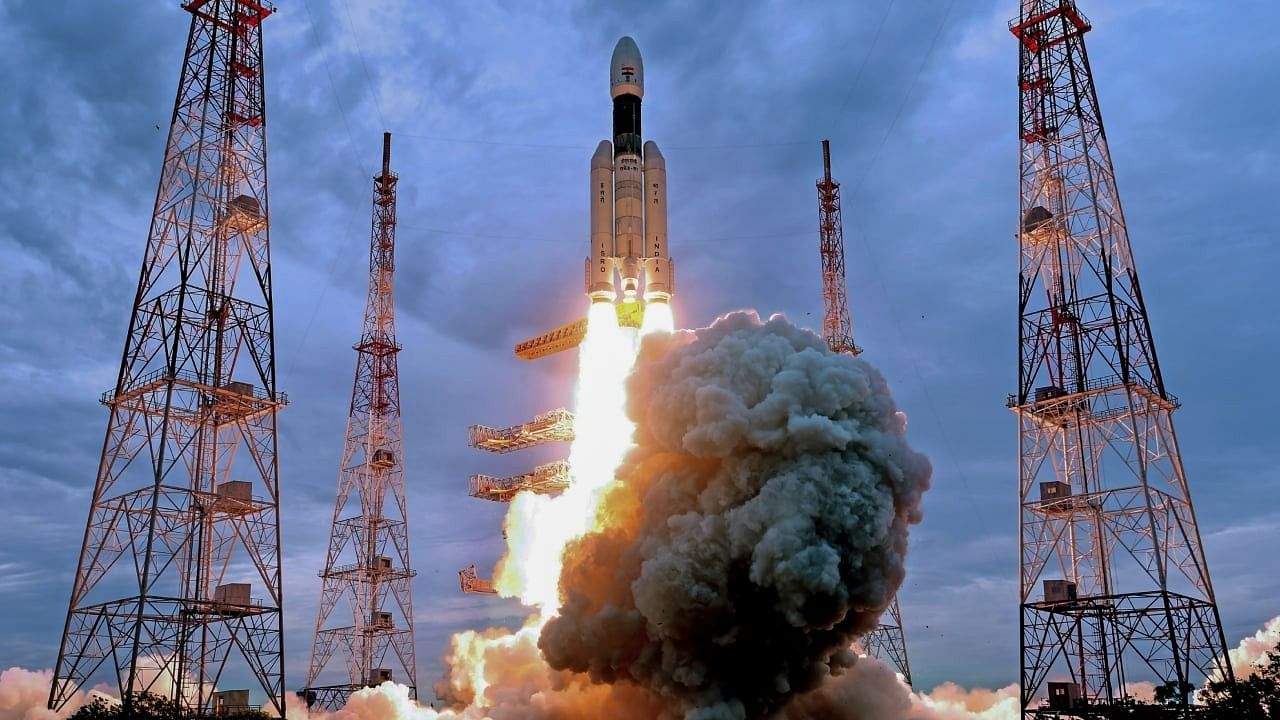
The rocket body was disposed of through natural orbital decay within two years of the orbital injection. (Representative image)
Credit: PTI Photo
Bengaluru: The cryogenic upper stage of the LVM3-M3/OneWeb-2 India mission re-entered the earth’s atmosphere on June 14, the Indian Space Research Organisation (ISRO) said on Tuesday. ISRO estimated “the most probable impact” of the around three-ton rocket body in the Indian Ocean, at around 8.25 pm IST.
The space agency left the upper stage of the rocket on a 450-km orbit, after injecting 36 OneWeb satellites, on March 26, 2023. The rocket body was passivated by depleting the excess fuel, as per standard practice, to minimise any potential risk for an accidental break-up, ISRO said.
“Only certain elements like gas bottles, nozzle, and tanks which comprise materials of very high melting points were expected to survive the aerothermal heating during the re-entry for this rocket body,” ISRO said.
ISRO’s Multi-object Tracking Radar at Sriharikota tracked the object over the orbits before its atmospheric re-entry which was monitored by the ISRO System for Safe and Sustainable Space Operations Management, ISTRAC, at Bengaluru.
The rocket body was disposed of through natural orbital decay within two years of the orbital injection, in compliance with international protocols such as the UN space debris mitigation guidelines. It also complied with the directives of India's Debris Free Space Missions (DFSM) initiative which requires space objects operating in the Low Earth Orbital region to be in orbit for less than five years after the end of the mission.
All Indian space actors, governmental and non-governmental, are expected to conform to the DFSM guidelines by 2030.